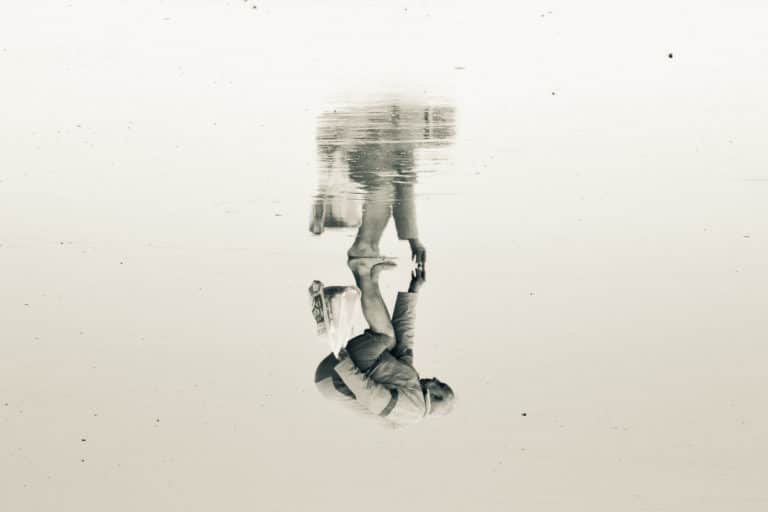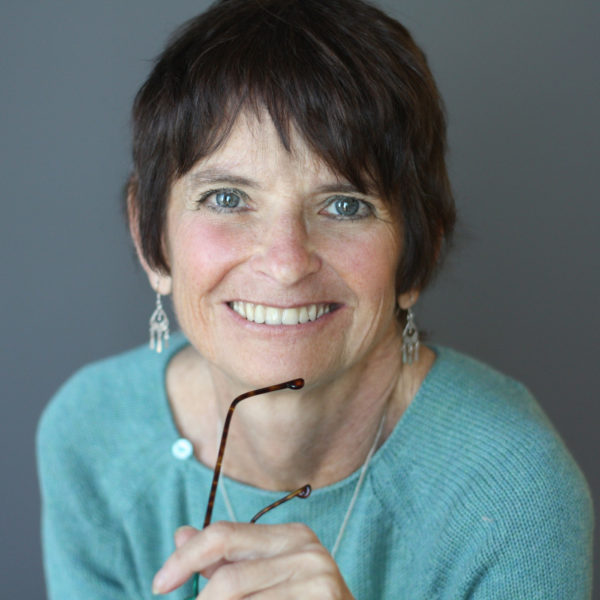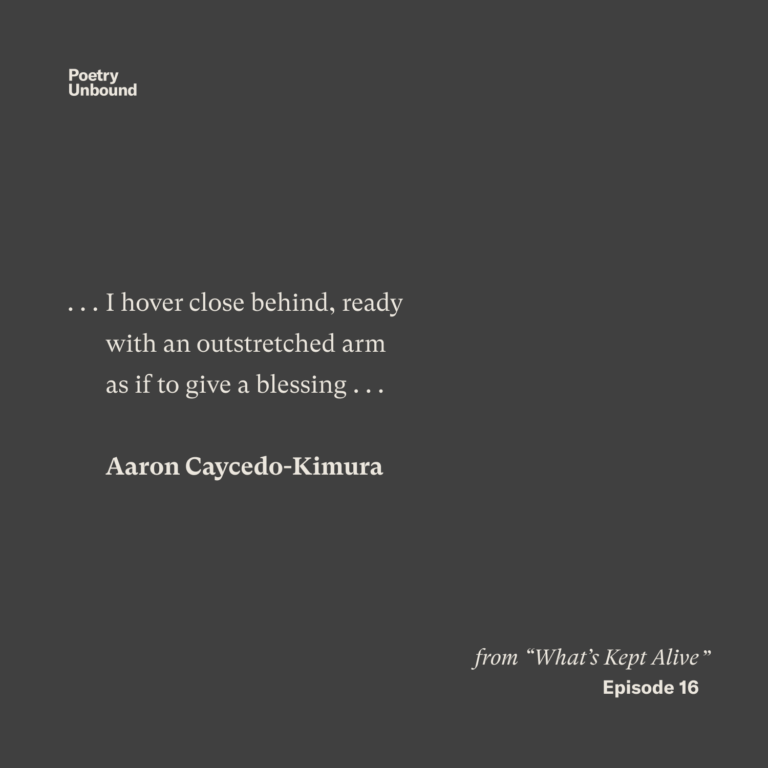
Image by Hernán Piñera.
The Complicated Notion of Complicated Grief
Grief is unpredictable, slippery; it refuses to follow the rules. What are the rules anyway, the timeline that determines when “normal’’ grief becomes abnormal, a pathology known as “complicated grief’’ or “prolonged grief disorder” or “”persistent complex bereavement disorder”?
A logical place to look for the answer is the Diagnostic Statistical Manual of Mental Disorders, updated periodically by the American Psychiatric Association (APA), most recently in 2013 after 10 years of debate and study. But the APA committee came to no consensus about including and defining what would have been, for the DSM, a new disorder. Their concern, by all accounts, was to avoid medicalizing grief, and thus encouraging doctors to pull out their prescription pads for those who are experiencing a normal rite of passage.
Instead, where grief, regardless of duration and severity, had previously been explicitly excluded as a category of depression or adjustment disorder, that exclusion was removed and further study recommended. Clinicians, the authoritative manual now says, can consider diagnosing and medicating a prolonged and debilitating sense of loss. But the APA was wary of declaring it a disease.
Why spend a day googling Medscape, Wikipedia, the Mayo Clinic website, and other reliable sources of medical information to find out how long it’s OK to grieve for my dead mother? Because friends, colleagues, and experts — since her passing 12 years ago — have been quick to diagnose me as someone suffering from complicated grief.
Needless to say, this was not intended as a compliment. In their view, though always tempered with kindness, mourning was supposed to abate after six to 12 months. Nobody ever put it this bluntly yet the message was clear: “Get over it.”
In addition to the length of time, they cited what presumably were my symptoms: intense longing and preoccupation with the deceased; surrounding myself with pictures and other memorabilia, rather like a shrine; constantly ruminating and talking about the experience. They also cited some of the common risk factors that I share: female, pessimistic, previously diagnosed with depression or anxiety, a longtime psychotherapy patient.
I cop to them all. Still, I resented the characterization and how it ignored the particular circumstances that followed my mother’s death.

I decided to write, while at The New York Times, about the intersection of aging parents and their adult children, a demographic tsunami that has only accelerated since. Where once the Times had had an “aging beat” — mostly a compendium of upbeat stories about old people who climbed the Himalayas or posed for cheesecake calendars — the subject was now intergenerational and often grim. “Old age isn’t for sissies” is a cliché for a reason; it’s true. And sissies aren’t built for family care-giving, with sons, daughters, spouses, and siblings doing for free what the government doesn’t fund.
This version of the aging beat soon morphed into a blog, now defunct, the “New Old Age,” and then a book about my family’s experience at the end of my mother’s life. The book not only led to invitations to lecture but to the informal role of “Dear Abby” to friends who came late to this harrowing but redemptive experience. One could argue that I was earning a living by trading off my mother’s death. Or that I was helping other families. Either way, writing and talking about the experience, in a professional capacity, did not seem to me a mental disorder.
Recently, I had the opportunity to measure where I was in the “fine / OK / a little better / grieving / abnormal” continuum. It had been years since I last lectured before an audience of family caregivers or professionals in the field. Now, in the space of a week, I had back-to-back speaking engagements in Stamford, Connecticut and Lancaster, Pennsylvania. What would it take out of me?
The answer is, “A lot.” But not for the same reasons as in the past. I liked the clusters of (mostly) women nodding, smiling or, best of all, laughing, in recognition. My story was resonating with them. Nice. But I was observing them, as if from a distance. There were boundaries between us, and their feelings didn’t seep through my skin, leaving me limp. My mother was “present,” but perched lightly on my shoulder, not a dead weight.
Grief did not exhaust me. Logistics did. My circadian rhythm balks at 6 a.m. wake-up calls. My reclusive nature shrivels after many hours of socializing with strangers. I forget to eat and drink too much coffee. Hotel pillows are brick-hard. I’m in room 172 and the folks in 272 sound like they’re clog-dancing. Responding to my complaint, the manager provides a white-noise machine. It has settings for “surf,” “thunderstorm,” and “brook.”
Returning home, I immediately duplicate it at a local hardware store and sleep to the sound of rain on the roof. An alarming number of years after her death, I think about my mother. “Hey, Ma,” I tell her, “I had no idea how these gadgets worked or how cool they were. And I only have one now because of you. So thanks.”
If this is complicated grief, so be it.


